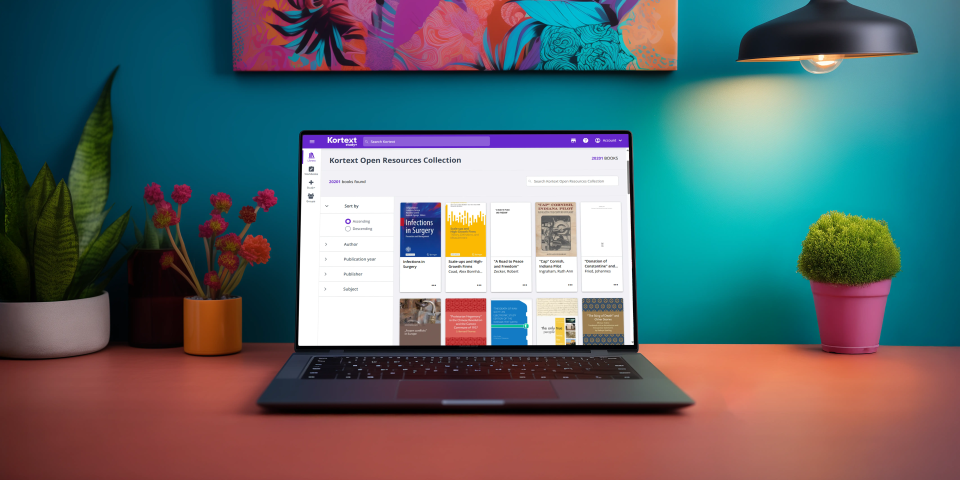Exploring key findings of student engagement
What does student engagement mean? A recent report from the Quality Assurance Agency for Higher Education (QAA) looks at how students view engagement after COVID-19. Read on to find out what’s changed.
Project details
The report is based on a research project exploring student experiences and student engagement in post-pandemic higher education. Participating students were drawn from Business Schools at 10 modern UK universities.
The research took a mixed methods approach. A survey asked students about their engagement preferences, whilst focus groups invited them to share experiences of studying before, during and after the pandemic.
Let’s take a look at some of the key findings.
First, why does student engagement matter?
Universities are held accountable for student outcomes. Condition B3 of the Office for Students’ regulatory framework states:
“The provider must deliver successful outcomes for all of its students, which are recognised and valued by employers, and/or enable further study.”
Lack of engagement can indicate deeper issues, which could lead to a student withdrawing from university.
Recent figures show that almost 20,000 UK undergraduate students have withdrawn so far this academic year.
This is first and foremost a student wellbeing issue – universities want students to progress and succeed to their full potential.
But it’s also a financial concern – universities must ensure student retention and completion to protect their revenues.
What does engagement mean to students?
COVID-19 disrupted the ‘normal’ way of engaging in teaching and learning (in-person attendance at timetabled classes).
The research findings indicate that student engagement has become an increasingly complex concept after the pandemic.
In the survey, students rated assignment submission as the most important indicator of engagement (95.3% said it was ‘very’ or ‘extremely important’). This was followed by ‘asking questions when I don’t understand something’, with ‘attending classes’ coming in third.
The data is consistent with a THE global survey, which found that student attendance at lectures and seminars was much lower post-pandemic.
Flexible learning
Students expressed a desire for more flexibility as to when, how and where they study. Over a third of students surveyed said they prefer to study in the evenings.
Having access to recordings of online learning sessions was very important to students in the focus groups.
This aligns with research by HEPI/UCAS which found that lecture recordings were the most-in demand digital resource for students.
But the format of recordings matters. Students in the focus groups preferred short and concise recordings, not overly lengthy lectures.
Do lecture recordings have a detrimental effect on in-person attendance? Perhaps, but the report recommends that institutions:
“…recognise students as independent learners who access materials when or where it is most convenient for them.”
Commuter students
Some of the participating universities are in ‘regional study hubs’, drawing students from a wide catchment area around their main campus.
Over 70% of students surveyed commuted to campus. For ‘commuter students’, a fixed timetabled presented challenges.
Early starts and late finishes were disliked because of difficulties with public transport, plus concerns about safety in winter.
The report acknowledges that meeting all students’ needs is challenging. It suggests institutions take alternative approaches, like using the VLE to full advantage.
Online learning was welcomed by commuter students because it enabled them to use their travelling time efficiently.
Again, the format of materials mattered. Short, revision-focused videos or podcasts were more effective than long documents or presentations.
Digital poverty
But there’s an elephant in the room.
The rapid shift to online delivery during the pandemic revealed digital inequalities that have a significant impact on student engagement.
In areas with higher levels of poverty, students often needed to share devices and internet access with other members of their households.
This meant that some students were unable to study when they wanted or needed to.
Flexible learning can’t be truly equitable while the digital divide creates barriers for some students.
Conclusion
What are the key takeaways from the QAA Report?
Student engagement is more complex post-pandemic.
Institutions must find ways to offer flexible learning.
The pandemic was disruptive, but also opened up opportunities for engagement beyond traditional classroom experiences.
The report concludes:
“The change we currently observe in student engagement, potentially irreversible, is a challenge for the HE sector that cannot be solved unless strong partnerships between students, academics, [and] institutions are established.”






